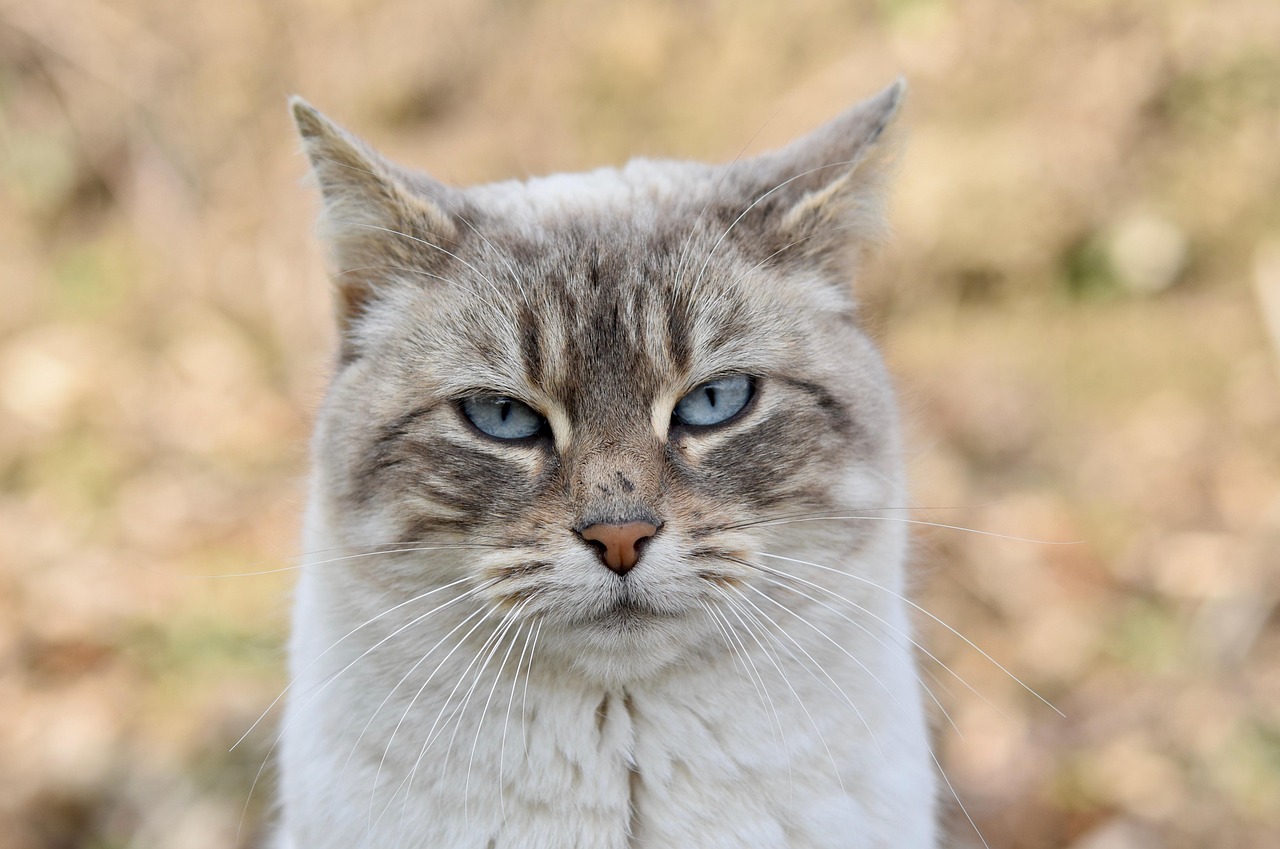Cats purr for various reasons, including contentment, self-soothing, and communication. This soothing sound is often associated with relaxation but can also indicate distress or pain. Understanding these signals helps cat owners respond appropriately to their feline companions.
Understanding Cat Purring
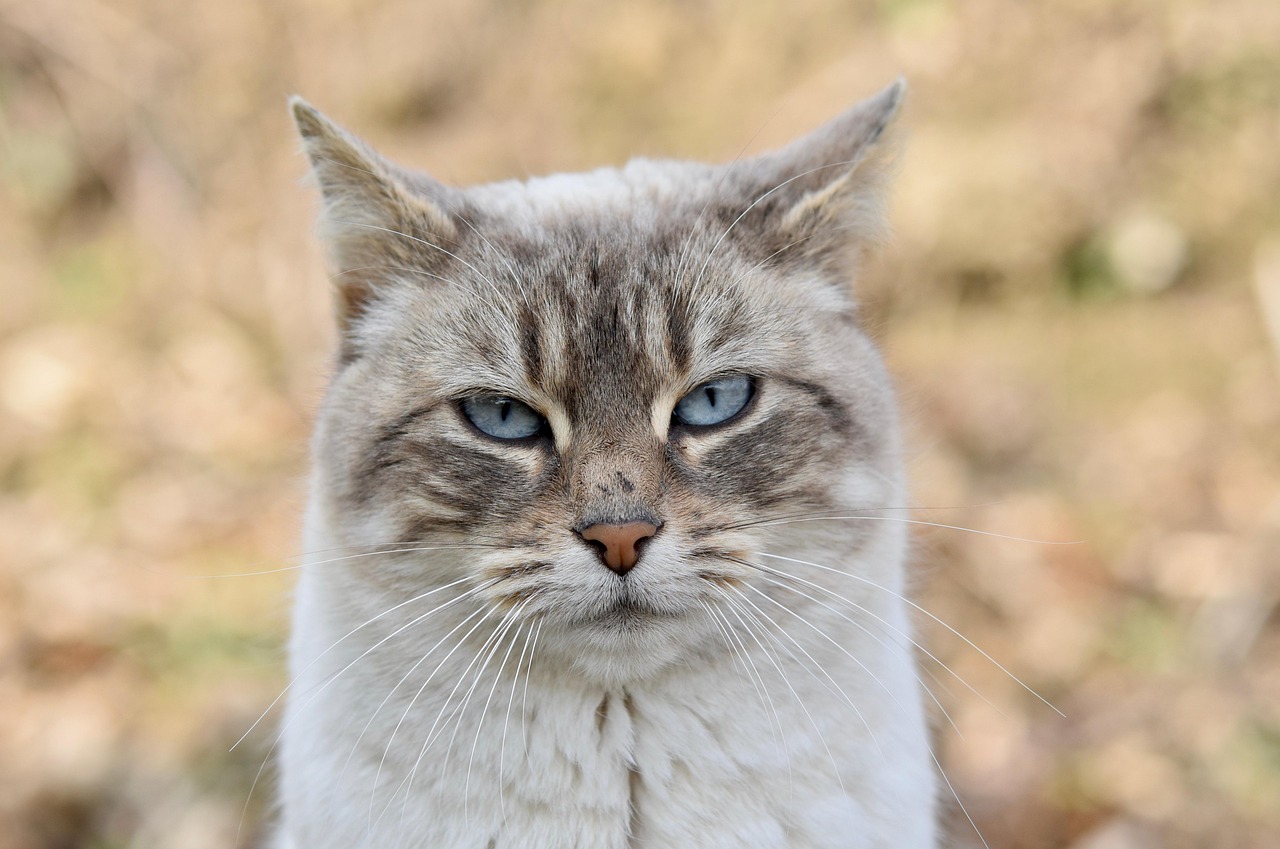
Purring is a unique vocalization primarily associated with domestic cats. This sound is produced through a combination of rapid contractions of the muscles within a cat’s larynx as they breathe in and out. While many people associate purring with a happy and relaxed cat, the reality is more complex. Cats have a range of reasons for purring, including emotional and physical factors.
It is fascinating to note that not only do domestic cats purr, but many wild felines do as well. Species like cheetahs and bobcats also exhibit this behavior. The sound serves various purposes across different species, making it an intriguing topic of study for veterinarians and animal behaviorists alike.
Common Reasons for Purring
Understanding why cats purr can enhance the bond between a pet and its owner. Here are some common reasons:
- Contentment: Cats often purr when they are comfortable and relaxed, such as when they are being petted or resting in a cozy spot.
- Self-Soothing: Purring can help cats calm themselves during stressful situations, such as visits to the vet or when they feel threatened.
- Communication: Kittens begin purring when they are just a few days old. This early purring helps them communicate with their mother, signaling that they are safe and content.
- Pain or Discomfort: Interestingly, cats may also purr when they are in pain or unwell. This type of purring might serve as a way to comfort themselves in times of distress.
The Science Behind Purring
The mechanics of purring involve more than just vocal cords. Recent studies suggest that the frequency of cat purring may have healing properties. The vibrations created during purring range from 25 to 150 Hertz, which is within a range known to promote healing in bones and tissues.
This has led researchers to explore how purring might help cats recover from injuries or reduce pain. In fact, some veterinarians recommend allowing cats to purr during recovery from surgery or illness as it may contribute to their overall well-being.
Purring and Cat Behavior
Understanding the context of a cat’s purring behavior can provide insights into their emotional state. For instance, if a cat is purring while kneading with their paws on a soft surface, it likely indicates comfort and happiness. Conversely, if a cat is purring while hiding or exhibiting other signs of distress, it may be trying to soothe itself.
It’s important for cat owners to observe their pets closely. Recognizing the circumstances under which a cat purrs can help owners differentiate between contentment and potential discomfort.
Factors Influencing Purring
Several factors can influence why and when a cat will purr:
- Age: Kittens are more likely to purr in the presence of their mothers, while older cats may use purring differently as their social interactions evolve.
- Health Status: A healthy cat may purr more frequently compared to one that is ill or in pain.
- Environment: A safe and secure environment encourages more frequent purring, while stressors can lead to less vocalization.
Overall, understanding your cat’s purring can deepen your relationship with them. By paying attention to the context and accompanying behaviors, you can gain valuable insights into your feline friend’s emotions and needs.
Understanding the Sound of Purring
The sound of purring is often described as a soft, continuous rumble. This unique vocalization can vary in intensity and frequency depending on the individual cat and its emotional state. Understanding the nuances of this sound can help pet owners interpret their cat’s feelings more accurately.
Purring can be characterized by several distinct features:
- Frequency: Most cat purrs fall within a frequency range of 25 to 150 Hertz. This range is not only soothing for humans but may also have healing properties for cats.
- Volume: Some cats have a louder purr than others. Factors such as breed, health, and individual personality can influence how loud or soft a cat’s purr is.
- Rhythm: The rhythm of a cat’s purring can change depending on their emotional state. A steady purr may indicate relaxation, while a more erratic sound might suggest discomfort.
The Role of Purring in Communication
Purring serves as an important tool for communication among cats and between cats and their human companions. While many people view purring as a sign of happiness, it can also convey a wide range of emotions.
Here are some key communication roles that purring plays:
- Mother-Kitten Bond: Kittens begin purring at a young age to communicate with their mothers. This vocalization reassures the mother that her kittens are content and safe.
- Social Interaction: Adult cats may purr when interacting with other cats to express friendliness and non-aggression, helping to establish a peaceful environment.
- Human Interaction: Cats often purr when they are around people, signaling their comfort and desire for companionship. This behavior can strengthen the bond between cat and owner.
Purring as a Stress Reliever
Interestingly, purring can also act as a coping mechanism during stressful situations. Studies suggest that the vibrations produced during purring may help cats heal and relax, making it a self-soothing behavior.
Some situations where you might observe this include:
- Vet Visits: Cats often purr while being examined or treated at the veterinarian’s office. This helps them cope with the stress of being in an unfamiliar environment.
- During Illness: Cats may purr when they are unwell, which could be a way to comfort themselves during times of discomfort or pain.
- Changes in Environment: Moving to a new home or experiencing changes in their daily routine can cause anxiety in cats. Purring may help them adjust to these changes.
Understanding Different Types of Purring
Not all purring is created equal. Observing the context and accompanying body language can help distinguish between different types of purring. Here are some variations:
- Contentment Purr: A deep, rhythmic purr typically indicates a relaxed and happy cat, often seen during moments of petting or cuddling.
- Anxiety Purr: A faster, more erratic purr may signal that a cat is feeling anxious or uncomfortable, prompting owners to investigate further.
- Self-Soothing Purr: When cats are in pain or feeling unwell, they may produce a softer, more subdued purr as a form of self-comfort.
Behavioral Cues to Look For
To better understand your cat’s emotional state while they are purring, pay attention to additional behavioral cues. These may include:
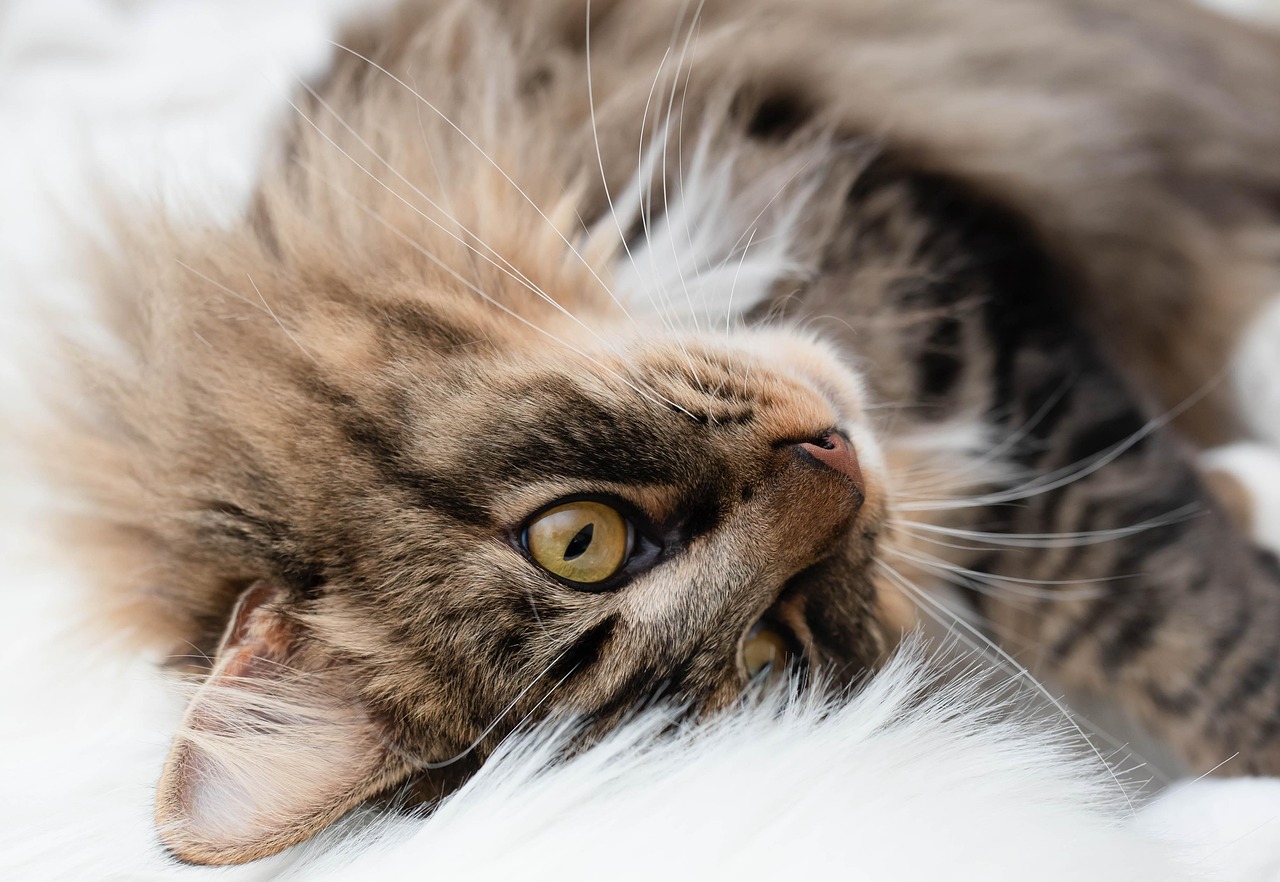
- Tail position: A high tail often indicates happiness, while a low tail may suggest insecurity.
- Ears: Forward-facing ears usually signify curiosity or engagement, whereas flattened ears can indicate fear or aggression.
- Body posture: A relaxed body position typically accompanies contentment, while tense muscles may suggest the need for caution.
By combining observations of purring with these behavioral cues, cat owners can gain valuable insights into their feline friends’ emotional states and needs.
The Benefits of Purring for Cats
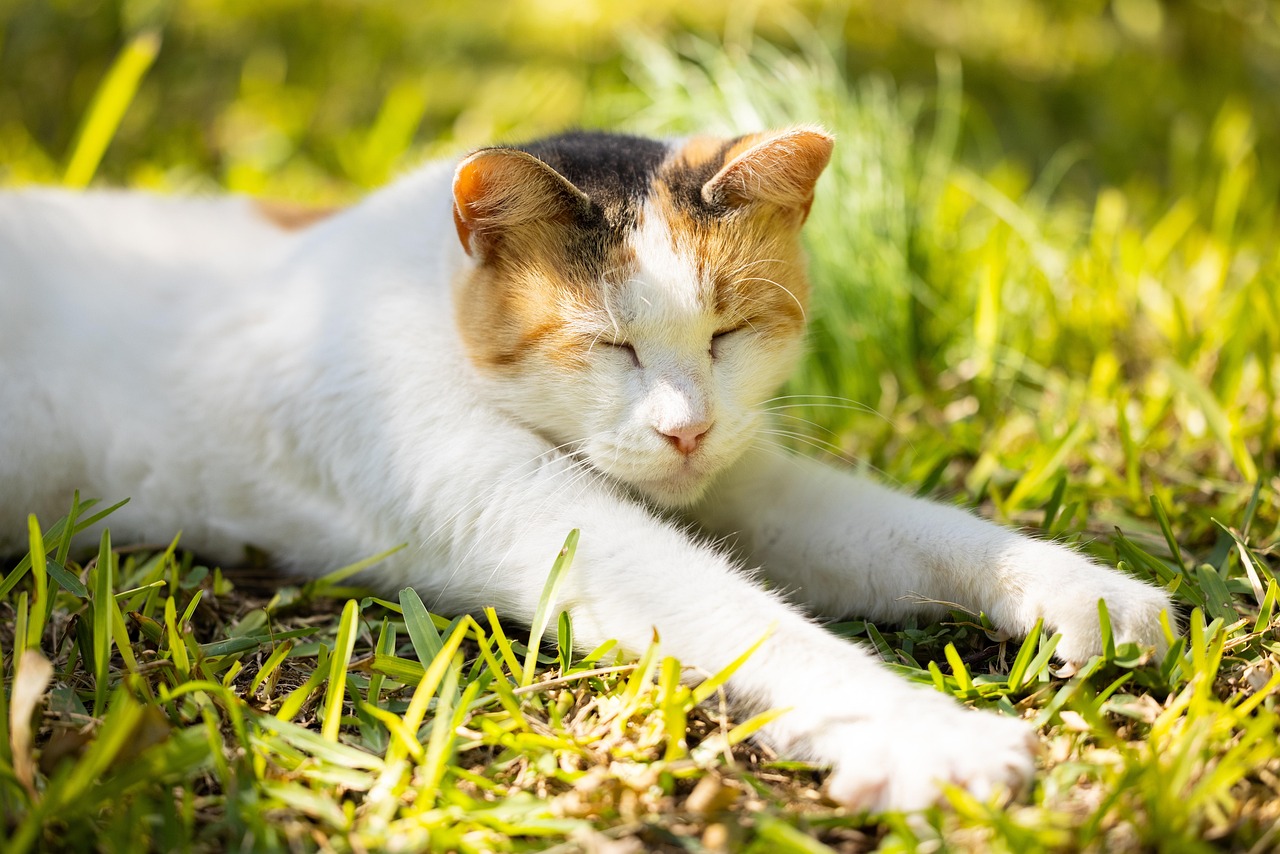
Purring is not just a delightful sound that many cat owners enjoy. It serves several beneficial purposes for the cats themselves. Understanding these benefits can help pet owners appreciate the importance of purring beyond its comforting qualities.
Physical Health Benefits
Research indicates that the frequency of a cat’s purr can promote healing and aid in recovery. The vibrations produced during purring can have several positive effects on a cat’s health, including:
- Bone Healing: Studies suggest that the specific frequency range of purring (between 25 and 150 Hertz) can stimulate bone growth and repair. This frequency is also associated with reducing pain and inflammation.
- Muscle Relaxation: The rhythmic vibrations may help relax muscles, which can be beneficial after exercise or injury.
- Improved Circulation: Purring has been linked to improved blood circulation, which can enhance overall health and vitality.
Purring as a Stress Management Tool
The act of purring can also play a significant role in stress management for cats. Cats are sensitive creatures, and they often experience stress from various sources, including changes in their environment or routine. Here are some ways purring helps manage stress:
- Self-Soothing Mechanism: When cats purr, they may be engaging in a self-soothing behavior. This helps them cope with anxiety, fear, or discomfort.
- Calming Influence: Purring can create a calming atmosphere, not just for the cat but also for those around them. The sound can have a soothing effect on humans, helping to reduce stress levels in both parties.
- Social Bonding: Purring fosters social bonding among cats and with their human companions. The sound encourages closeness and affection, which can reduce stress levels in both the cat and its owner.
The Role of Purring in Social Interactions
Purring is an essential aspect of feline social behavior. It helps facilitate interactions not only between cats but also between cats and humans. Here are some key points about the role of purring in social dynamics:
- Establishing Trust: A cat that purrs in the presence of its owner is generally expressing trust and comfort. This vocalization reassures the owner that the cat feels safe in their environment.
- Encouraging Interaction: Cats may use purring as a way to solicit attention or affection from their owners. When a cat approaches you and begins to purr, it is often requesting petting or companionship.
- Conflict Resolution: In multi-cat households, purring can help diffuse tension. Cats may use purring as a way to communicate non-aggression and promote peaceful coexistence.
Understanding Your Cat’s Needs
Purring is an important communication tool that helps cat owners understand their pets’ needs more clearly. Recognizing when a cat is purring for comfort versus when it is seeking attention can enhance the owner-pet relationship.
Here are some tips for responding to your cat’s purring:
- Observe Context: Pay attention to the circumstances surrounding your cat’s purring. Is your cat purring while resting, or does it seem anxious? Understanding the context can guide your response.
- Offer Comfort: If your cat appears to be using purring as a self-soothing mechanism, provide comfort by creating a safe space or gently petting them.
- Engage Playfully: If your cat is purring while seeking attention, engage them in playtime or provide affection to strengthen your bond.
The ability to interpret your cat’s purring and respond to their needs can create a more harmonious living environment and deepen the connection between you and your feline friend.
The Emotional Connection of Purring
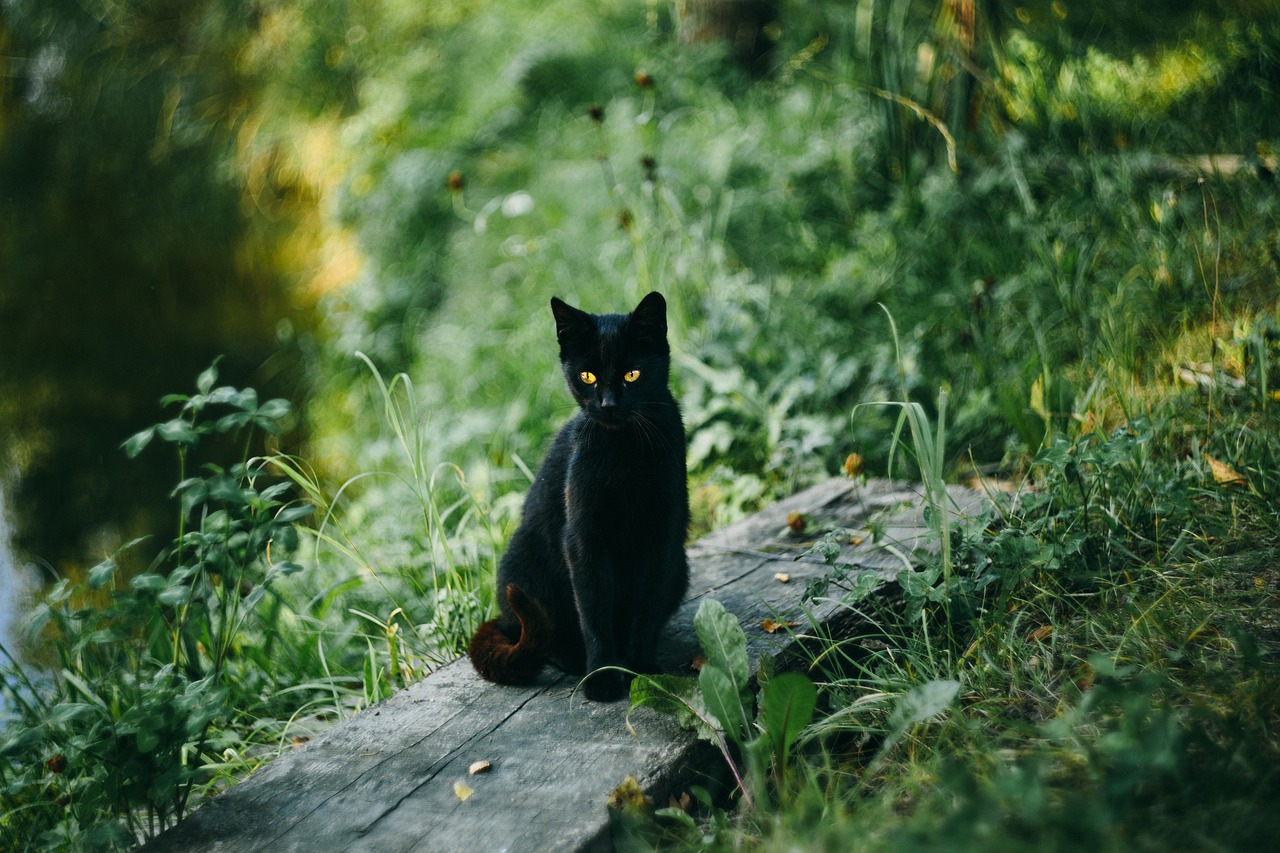
Purring is not just a physiological response; it is a vital part of the emotional landscape between cats and their owners. Understanding this bond can lead to a richer experience for both parties. Cats use purring as a way to communicate feelings and establish trust, making it an essential aspect of their social interactions.
One of the most profound aspects of purring is its ability to create a calming atmosphere. When a cat purrs, it often invites its owner to relax and share in that moment of tranquility. This shared experience can enhance the overall well-being of both the cat and the human. Here are some more insights into how purring fosters emotional connections:
- Shared Relaxation: When cats purr, they often induce a sense of calm in their owners. This reciprocal relaxation can strengthen the bond between them.
- Reinforcement of Affection: A cat that frequently purrs in the presence of its owner signals comfort and affection, reinforcing the emotional tie.
- Non-Verbal Communication: Purring serves as a form of non-verbal communication that transcends the need for language, allowing cats and humans to connect on a deeper level.
Challenges in Interpretation
While purring is generally associated with positive emotions, it is essential to recognize that it can sometimes indicate distress or discomfort. This duality can pose challenges for cat owners trying to interpret their feline’s behavior accurately. Here are some common pitfalls:
- Assuming Happiness: It is easy to assume that a purring cat is always happy. However, understanding the context in which the purring occurs is crucial.
- Ignoring Other Cues: Focusing solely on the sound of purring can lead to overlooking other critical behavioral signals. Always consider body language and overall demeanor.
- Timing Matters: The timing of the purring can be significant. If a cat begins purring after experiencing something stressful, it may be using purring as a self-soothing mechanism rather than expressing contentment.
Final Thoughts
Cats are complex creatures with rich emotional lives, and purring is one of the many ways they express themselves. From conveying happiness and comfort to signaling distress, understanding the nuances of purring can deepen the bond between cats and their owners. By paying attention to context, body language, and vocalization patterns, cat owners can better respond to their pets’ needs.
The healing properties associated with purring add another layer to its significance. Recognizing that this natural behavior has physical benefits can encourage cat owners to foster environments that promote relaxation and comfort for their feline friends.
Ultimately, the journey of understanding your cat’s purring is one of enhanced companionship and mutual respect. As you learn to interpret your cat’s sounds and behaviors, you will not only improve your relationship but also enrich your shared experiences together. Enjoy the moments of purring; they are more than just sounds—they are expressions of love, trust, and well-being.

